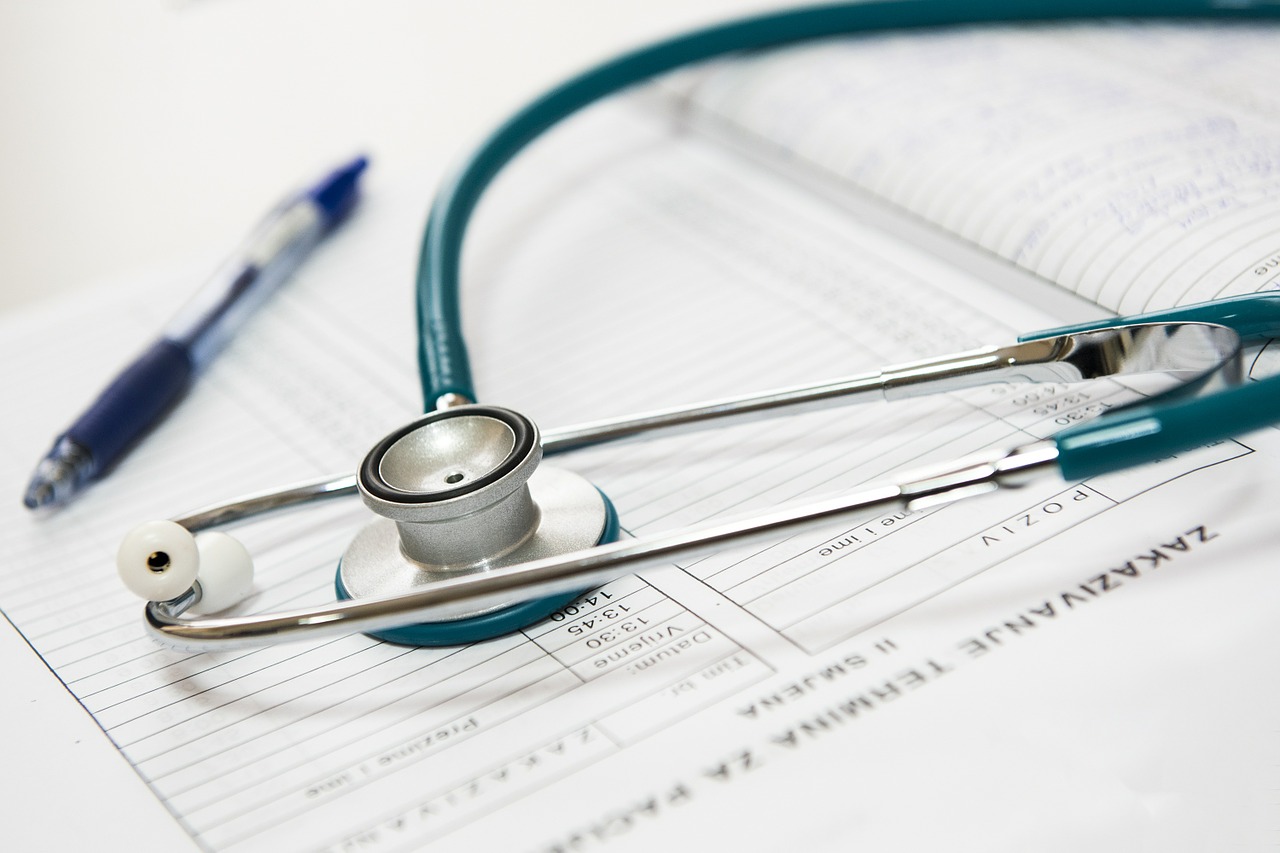
IoT to Transform Healthcare Delivery
By now we have all heard about many different ways the Internet of Things is expected to transform lifestyles and business. One of the key industries to be impacted by the IoT is healthcare. An article by Chloe Green in Information Age talks about this coming transformation by looking at some of the things smart healthcare decision makers can do to take advantage of IoT in their healthcare delivery models.
Don’t expect the IT department to do the heavy lifting. – There are some innovative IT departments, and there are some IT driven companies, but usually, especially in healthcare delivery environments, IT plays a supporting role. If you are dealing with a risk-averse, reactive IT department, then you may have to bypass them as gatekeepers, going straight to the cloud, while always keeping HIPAA requirements in mind. When properly deployed, IoT enabled by the cloud can provide more reliability, and even more security than traditional premises-based deployments.
Integrate IoT into the core DNA of your device design – The IoT, like the internet in general, grows in value as a multiple of the number of connections on the network. The more devices, the more connections, the more data available, the more valuable the IoT can be for users. By creating easy to use devices that interact with end users in an open, transparent way, data can be aggregated en masse and stunning new insights can be uncovered—from epidemiology to unknown adverse effects and interactions, to undiscovered correlations in health factors.
Mine your data to discover new insights – The ability of the IoT to collect real-time data and then aggregate it longitudinally and across populations enables healthcare providers to use the IoT to unlock the true potential of big data. Meta analysis and studies become much easier to perform, and new studies can be designed more comprehensively and less expensively. It’s one thing to ask people how much they exercise over time, but it is quite another to measure actual exercise, and not just time spent in the gym, but the intensity of the activity. Biometrics can be monitored remotely, both for patient safety as well as for research. Pacemaker status, insulin levels, blood oxygen, are some metrics that can be monitored and tracked; but the list will continue to grow rapidly as health technology advances.
Think outside the box when it comes to partnerships – What happens when a truck can actually tell when a driver is dozing off, or when an insulin monitor can connect to an app on the wearer’s smartphone and call emergency services, transmitting GPS location data, when the wearer is in danger of falling into an insulin-induced coma? What about IoT enabled shoes allowing a wandering Alzheimer’s patient to be tracked after wandering off? IoT healthcare delivery is not limited to what we traditionally think of as healthcare devices. Think about how you might innovate by partnering with companies and providers in other industries and fields to serve patients, their families, and the public in new ways.
